The History of Fredericktown
The Village of Fredericktown, Knox County’s largest village was platted in 1807 by John Kerr, operator of the first mill there. Lucas Sullivant, a Virginian, who laid out the Village of Franklinton, later Columbus, held a tract of 4,000 acres in that area, and gave Mr. Kerr 50 acres on the condition that the latter would build a mill. The land was at that time, mostly unbroken wilderness, crossed by two Indian trails and with a small Quaker settlement to the west of the present village.
Mr. Kerr had the foresight to buy an additional 450 acres from Mr. Sullivant, and the village grew around his mill as land-hungry settlers arrived from the east during the next few years.
Lying practically on the northern frontier in Ohio during the War of 1812, Fredericktown was the site of a blockhouse during the war, and at that time had nine log cabins and one frame building. After the war, the blockhouse was used as a school and as a church. The first store was opened in 1812 by John Garrison. The first road through the village, built in 1809, was the Upper Fredericktown-Mount Vernon Road. William Y. Farquhar, who surveyed and platted the village for Mr. Kerr, became an early settler, along with his brother W. Y. Farquhar, and a cousin, Henry Roberts.
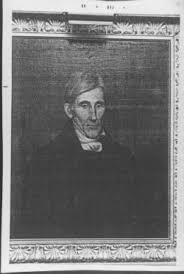
The village apparently grew slowly during it’s first four decades, but it did acquire a post office in 1828 and about that same time, a school building was erected near the blockhouse site and served for some 20 years until a brick building was constructed. By 1840, Fredericktown’s population had grown to 500 and it was the commercial center for the northwestern quarter of Knox County, lying, as it did, in an advantageous location at the junction of the four townships of Middlebury, Berlin, Wayne and Morris.
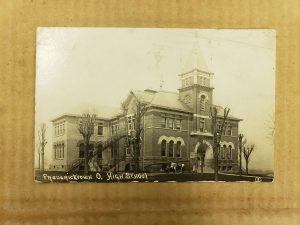
With the opening of the Sandusky, Mansfield and Newark Railroad ( C&O/B&O ) through the village in 1853, Fredericktown became a flourishing center for the shipping of produce from the area, with the first market being established by John D. Storable and by grain dealers Peter Boyer and Charles Strong and Sons. Through the next 75 years, Fredericktown experienced slow but solid growth as a center of schools, churches, banking, retailing and manufacturing for the northwestern part of Knox County. Fredericktown’s school system became the largest in the Knox County School District.
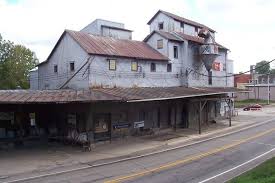
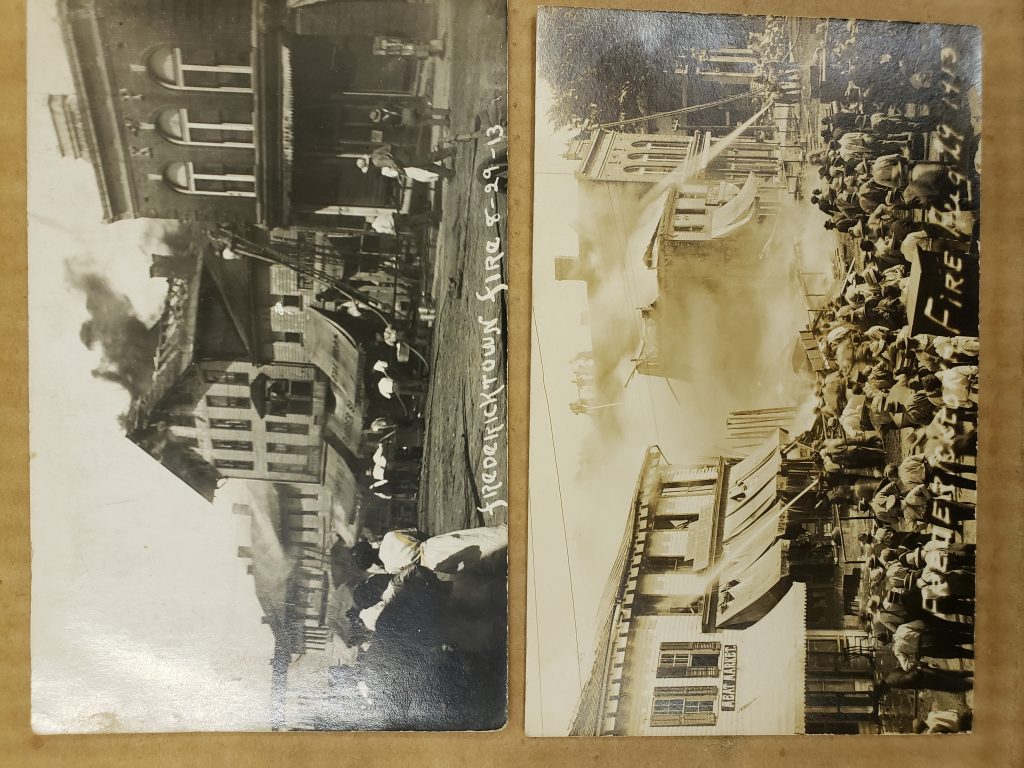
Two fires during these years helped shape the development of the village. In March, 1875, a fire starting on a Sunday evening in a frame business building, wiped out much of the west side of Main Street. A brickyard was set up outside the village soon afterward, and during the next few years, brick buildings replaced the frame structures destroyed by the fire. Then on a day in August, 1913, fire wiped out most of a block of business buildings on the east side of Main Street. These were also replaced by brick structures which form a main part of the business section of today.
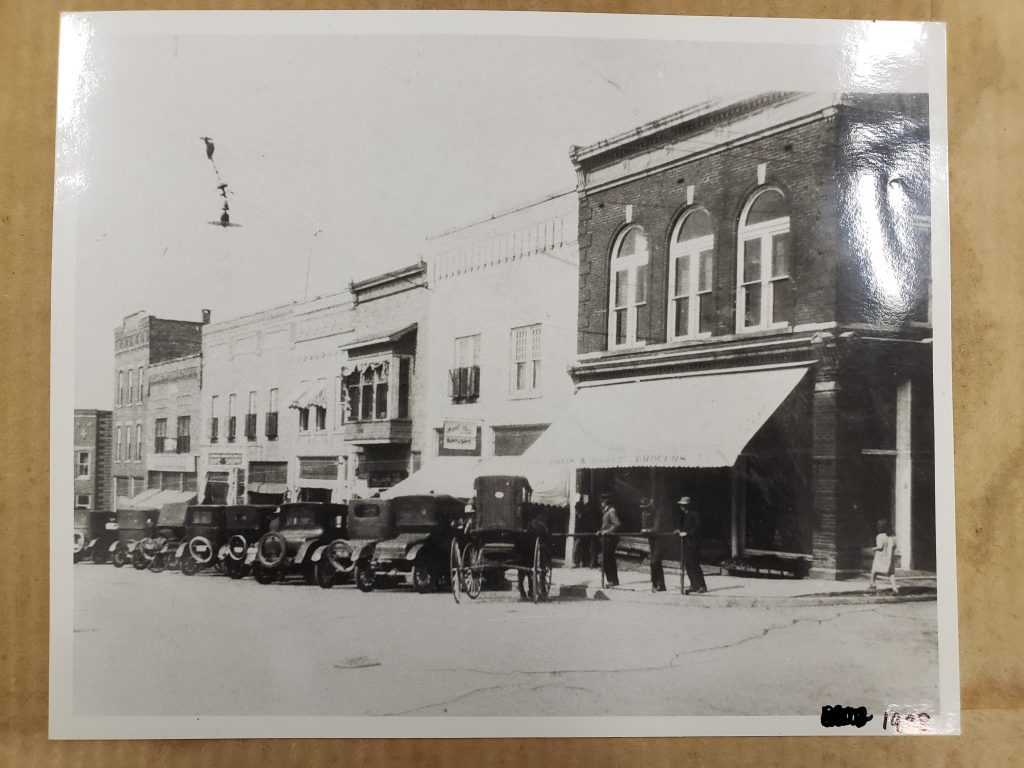
In the years following World War I and the advent of the automobile and better highways, Fredericktown began to take on a new complexion, as a bedroom community for persons working in Mount Vernon and Mansfield. A pleasant community, strong school system, and good churches made the village attractive as a place of residence and the village experienced a new growth in population which also sparked an expansion of the village limits.
The Village of Fredericktown has been a part of many interesting and famous people’s lives and events of historical significance. To learn more about the history of our community, please visit the Fredericktown Historical Museum, or click on the link below.
To view the Historical Museum page, click here

Many thanks to the Fredericktown Historical Museum, area resident Paul Goossens and the History of Knox County, Ohio by Frederick Lorey for the information to make this web page possible.